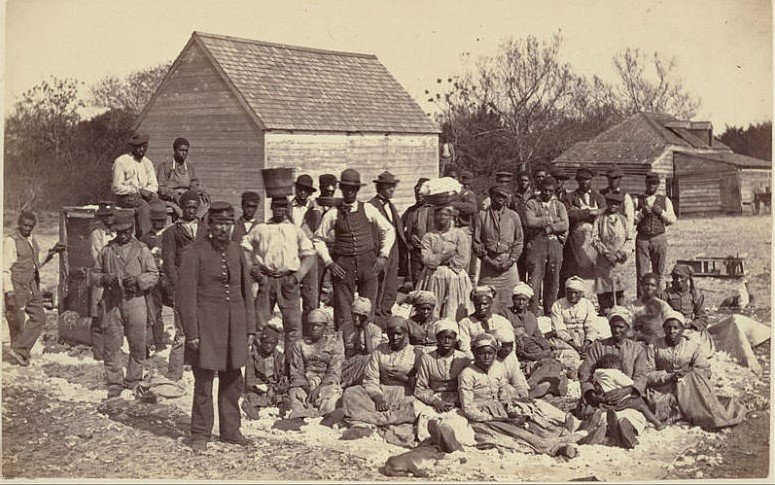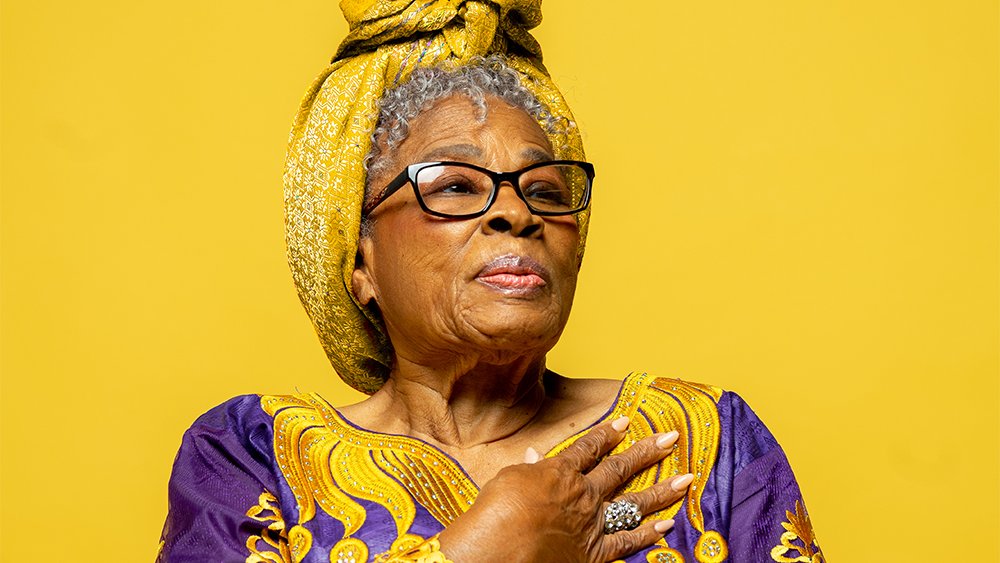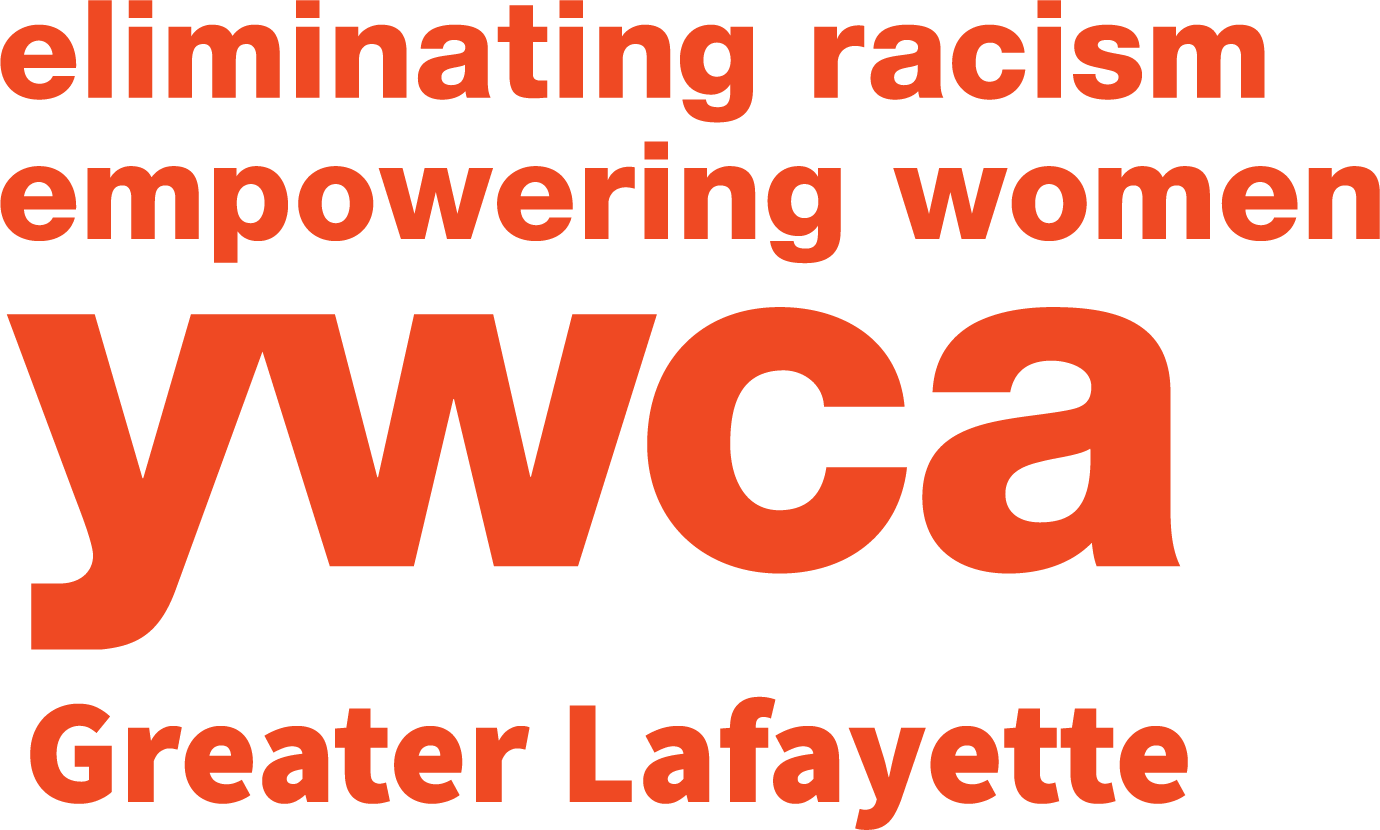Juneteenth: A Celebration of Freedom
 On June 19, 1865, Union General Gordon Granger arrived in Galveston, Texas, and told enslaved African-Americans they were free. The announcement came two months after the Confederate General Robert E. Lee surrendered at Appomattox, Va. General Granger’s announcement put into effect the Emancipation Proclamation, which had been issued more than two and a half years earlier on Jan. 1, 1863, by President Abraham Lincoln.
On June 19, 1865, Union General Gordon Granger arrived in Galveston, Texas, and told enslaved African-Americans they were free. The announcement came two months after the Confederate General Robert E. Lee surrendered at Appomattox, Va. General Granger’s announcement put into effect the Emancipation Proclamation, which had been issued more than two and a half years earlier on Jan. 1, 1863, by President Abraham Lincoln.
Since then, we commemorate the end of enslavement in the United States each year on this day: June 19, or Juneteenth. It is the oldest nationally celebrated commemoration of the ending of enslavement in the United States, and recently became the first federally recognized national observance by Congress since Martin Luther King, Jr. Day in 1983. This year, the day takes on even greater significance as America reckons with its past and present while marching for a future grounded in racial justice and equality.
The day is sometimes called “Juneteenth Independence Day,” “Freedom Day” or “Emancipation Day.” Though Black and African American families have been celebrating for over 100 years with prayer, family gatherings and pilgrimages to Galveston. In 1872, a group of African-American ministers and businessmen in Houston purchased 10 acres of land and created Emancipation Park, intended to hold the city’s annual Juneteenth celebration. Over the past 6 decades, celebrations have grown and are held in backyards and parks with food, friends and family, or on larger scales including parades, block parties, picnics and festivals with games, concerts and dedications.
However, in the 1920s, ‘30s and ‘40s, because of Jim Crow Laws, African-Americans celebrated Juneteenth in private settings, in their homes and in their churches. They were restricted in terms of parks and public spaces. They could not go to movie theaters except for on certain days, and they had to enter through certain doors. They were restricted from amusement parks, water fountains, lunch counters. All forms of segregation forced African-Americans into their own communities, and in these spaces, during the heart of Jim Crow segregation, African-Americans celebrated Juneteenth privately.During the Civil Rights Movement of the 1960s, the meaning of Juneteenth and the resurgence of public celebrations and cultural pride began with scenes of brutality and systemic racism broadcast to the entire nation. Finally, new generations of Americans were seen, heard and their want to celebrate and focus on African-American liberty and African-American justice continued to grow sparking an ongoing movement that continues today. Juneteenth celebrations became opportunities to fight for freedom and against racism at the same time. On this Juneteenth, we recognize this cycle of pain and joy in America's history. We continue to bring awareness to the racial inequities and injustices Black and African American communities have suffered by initiating community discussions, engaging and partnering with organizations whose missions strive to preserve and educate the history and culture of these communities. We look to activists like Opal Lee and Tamar Manasseh who continue to lead by example to live the much needed change we want to see. Juneteenth is a celebration of freedom and everything freedom means: the right to make, keep, protect and honor family; the right to earn from your own labor and create means that will take your family forward; the right to make your own way and to pave a road your children can walk to a brilliant and promising future.Smithsonian Fact Sheet The Found at Purdue Black Cultural Center of Purdue
On this Juneteenth, we recognize this cycle of pain and joy in America's history. We continue to bring awareness to the racial inequities and injustices Black and African American communities have suffered by initiating community discussions, engaging and partnering with organizations whose missions strive to preserve and educate the history and culture of these communities. We look to activists like Opal Lee and Tamar Manasseh who continue to lead by example to live the much needed change we want to see. Juneteenth is a celebration of freedom and everything freedom means: the right to make, keep, protect and honor family; the right to earn from your own labor and create means that will take your family forward; the right to make your own way and to pave a road your children can walk to a brilliant and promising future.Smithsonian Fact Sheet The Found at Purdue Black Cultural Center of Purdue
